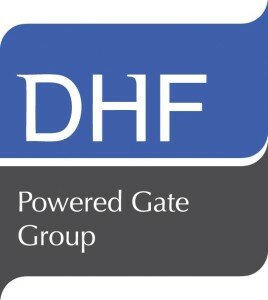 Door and Hardware Federation Gate Safety Petition:
Door and Hardware Federation Gate Safety Petition:
Since 2005 there have been numerous accidents caused by powered gates; listed below are some of the major incidents:
2005 Security guard – killed by a powered gate
2006 Jason Keet (age 9) – killed by a powered gate
2010 Child in Dorset – trapped in a powered gate
2010 Child in Kent – trapped in a powered gate
2010 Luca Mills (age 3) – trapped by sliding gate
2010 Karolina Golabeck (age 5) – killed by a powered gate
2010 Semelia Campbell (age 6) – killed by a powered gate
2010 Samuel Currier (age 7) – trapped by a powered gate
2011 Ellie Whittaker (age 7) – trapped in a powered gate
2012 Ethan Kosak-Hine (age 12) – badly injured by a powered gate
2012 Schoolboy (age 8) in W Midlands – trapped in a powered gate
2013 Grandmother in Norfolk – killed by a powered gate
2014 Adult in Wales – injured by a powered gate
2015 Adult in Ireland – killed by a powered gate
2015 Teenager (age 16) in London – serious head injury by a powered gate
Many of these accidents involve children, who may not be aware of the potential dangers of a powered gate.
So who is responsible for making sure that powered gates are safe?
1. Obviously the manufacturer and/or installer is responsible for designing and building a safe gate.
2. After installation, the owner must take the responsibility of ensuring that the gate operates safely.
3. Any engineer who works on the gate is also responsible for ensuring that the gate is left in a safe condition when the work is complete.
But what does the criminal law say?
1. The Supply of Machinery (Safety) Regulations compels manufacturers and installers of new powered gates, irrespective of where they are installed, to ensure that the gate is safe when first put into service;
2. The Workplace (Health Safety and Welfare) Regulations require that owners of workplace gates keep them maintained in a safe condition AND The Health and Safety at Work Act requires that gates at rented properties are kept in a safe condition by the landlord;
3. The Health and Safety at Work Act compels anyone carrying out work on a gate, whether private or commercial, to ensure that the result will be safe.
You will see that the only gate owners not covered by criminal law in respect of a powered gate are domestic owners. This frequently results in domestic gate owners not taking safety seriously, for example not having their gates checked and maintained periodically by a competent person to ensure they are operating safely. Most domestic gates are installed close to public rights of way and present a risk to passers-by as well as users if not maintained properly.
We hope, by our petition, to focus attention on the need for powered gates, which are pieces of potentially dangerous machinery usually placed near public areas, to be safe. Failure to attend to this has resulted in deaths and injuries in the past and we need a piece of criminal legislation compelling a domestic powered gate owner to ensure their gate is safe, in a similar way to the existing situation for commercial and industrial gates.
Please support our petition. Thank you.
Neil Sampson
Chairman, Powered Gate Group
SIGN OUR PETITION BY CLICKING HERE: https://petition.parliament.uk/petitions/109917
NOTES:
For all of the above pieces of legislation, “safe” means that all reasonable and practicable steps have been taken to prevent injury. The established European standard has set the state of the art for powered gate safety and, hence, what is both reasonable and practicable to achieve. This standard requires that all crush, impact, shear, draw-in, structural and electrical hazards are controlled and describes the acceptable control measures and allowable forces for the various hazard areas.
The DHF Powered Gate Group comprises Britain’s leading manufacturers, suppliers, installers and maintainers of powered automatic gates and gate automation equipment. It insists that its trained installers and maintainers meet their legal requirements and do not carry out work on domestic gates if they are unable to leave the gates in a safe condition.